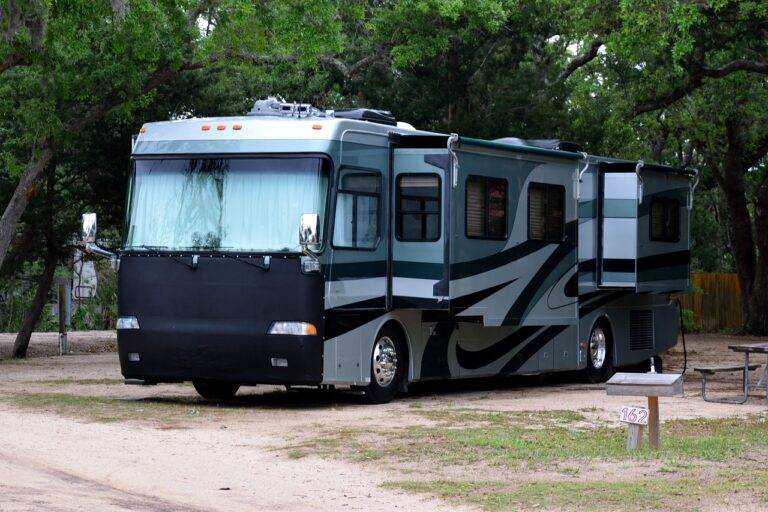Upcycling Kitchen Cabinets: Creative Ways to Refresh Your Cooking Space
When selecting cabinets for upcycling, consider the material they are made of. Opt for solid wood cabinets as they are durable and can be easily sanded and refinished. Additionally, look for cabinets with intricate details or unique designs that can be highlighted during the upcycling process to add character to your space.
Evaluate the size and layout of the cabinets to ensure they fit seamlessly into the intended space. Measure the dimensions of the area where the cabinets will be placed and choose cabinets that complement the overall design aesthetic. Keep in mind the functionality of the cabinets and select ones with ample storage space and practical features that will suit your needs.
Assessing the Condition of Your Current Cabinets
Before diving into your upcycling project, it’s crucial to thoroughly assess the condition of your current cabinets. Start by inspecting each cabinet for any visible damage, such as scratches, dents, or water damage. Take note of any loose hinges, handles, or knobs that may need to be tightened or replaced. Additionally, check the overall structural integrity of the cabinets to ensure they are sturdy and will be able to withstand the upcycling process.
Next, examine the surface of the cabinets to determine if they are suitable for upcycling. Cabinets with a laminate finish may require additional preparation before painting or refinishing, while solid wood cabinets are often easier to work with. Look for any signs of peeling or chipping paint, as this may need to be stripped or sanded down before proceeding. By carefully assessing the condition of your cabinets, you can better plan your upcycling project and ensure a successful outcome.
Cleaning and Preparing Cabinets for Upcycling
When preparing cabinets for upcycling, the first step is to thoroughly clean them. Use a mild detergent or a mixture of water and vinegar to remove dirt, grease, and grime. Make sure to scrub all surfaces, including inside drawers and cabinets, and wipe them dry with a clean cloth.
After cleaning, it’s essential to sand the cabinets to create a smooth surface for painting or refinishing. Use a fine-grit sandpaper to gently sand the wood in the direction of the grain. This will help the new finish adhere better and give the cabinets a polished look once complete. Additionally, be sure to remove any hardware or fixtures from the cabinets before starting the sanding process.
Why is it important to clean and prepare cabinets before upcycling?
Cleaning and preparing cabinets before upcycling ensures that the new finish or paint will adhere properly and provide a professional-looking result.
What is the best way to clean cabinets before upcycling?
The best way to clean cabinets before upcycling is to use a mixture of warm water and mild soap. Scrub the cabinets with a soft sponge or cloth to remove any dirt, grease, or grime.
Should I sand my cabinets before upcycling?
It is generally a good idea to lightly sand your cabinets before upcycling to remove any existing finish or paint and to smooth out any imperfections. This will help the new finish adhere better.
How can I ensure that my cabinets are properly prepared for upcycling?
To ensure that your cabinets are properly prepared for upcycling, make sure to thoroughly clean them, remove any hardware or hinges, sand them if necessary, and apply a primer before painting or refinishing.
Can I upcycle cabinets that are in poor condition?
It is possible to upcycle cabinets that are in poor condition, but it may require more work and effort. Assess the level of damage and determine if it is worth the time and investment to restore them.







